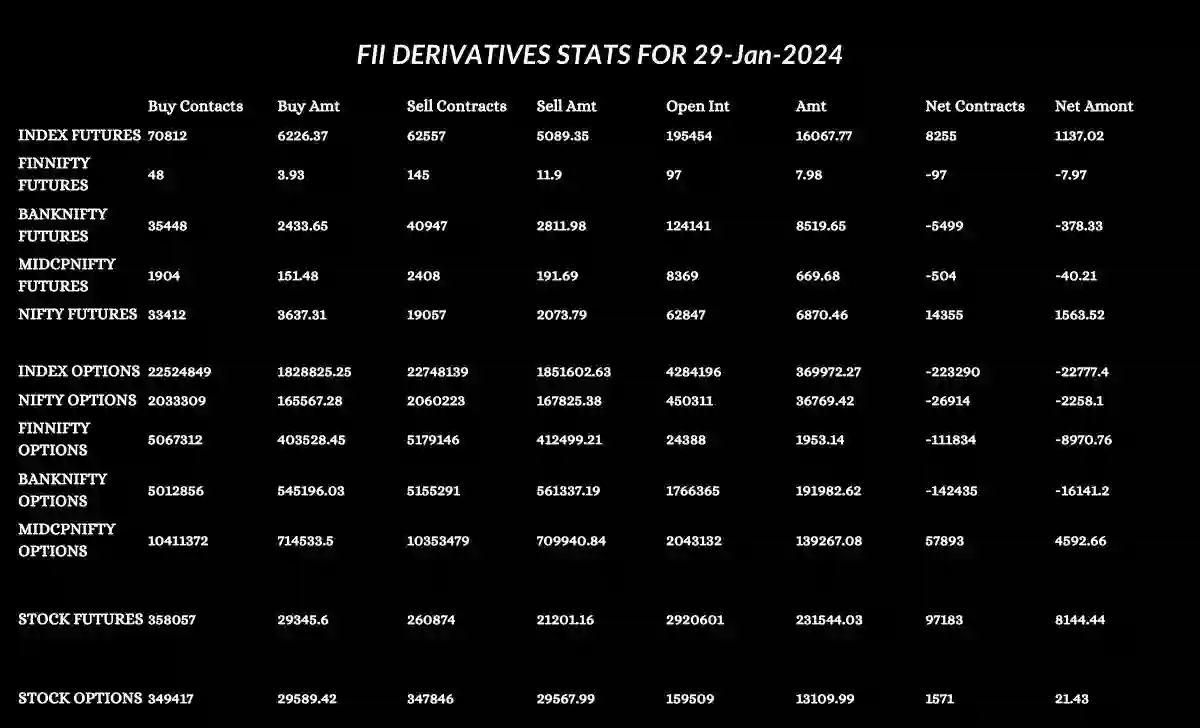RBI Takes Stern Action Against Paytm Payments Bank: Former RBI Executive Director Shares Insights
Explore the recent RBI action against Paytm Payments Bank and its implications on digital payments. Gain insights from a former RBI executive director and understand the importance of regulatory compliance in the financial sector.
Introduction: RBI’s Action Against Paytm
The Reserve Bank of India (RBI) recently took decisive action against Paytm Payments Bank, citing persistent non-compliance with regulations. In this article, we delve into the implications of RBI’s move, featuring insights from an interview on CNBC TV18 with Deepali Pant Joshi, a former executive director of the RBI.
Key Points from the Video:
Background and Regulatory Concerns
In October 2023, Paytm Payments Bank faced a fine of 5.39 crores for regulatory breaches. However, the company seemed nonchalant about the reasons behind the penalty. The primary concerns included breaches of limits, non-compliance with KYC (Know Your Customer) norms, and the absence of risk profiling for clients receiving payout services.
System Audit and External Validation
A pivotal moment leading to the recent action was the revelation of a system audit report. External validation of this report disclosed a recurring pattern of onboarding customers without proper KYC verification. The RBI had consistently emphasized the importance of adhering to international standards, which Paytm seemed to overlook.
Also Read:
- Decoding the RBI Action on PAYTM
- Helios Capital’s Perspective on Paytm Bank
- Budget 2024 Analysis with Vijay Kediya & Maneesh Dangi
- Decoding Budget 2024
Demonstration Effect and Regulatory Response
The RBI’s stern action is seen as a demonstration effect against a perceived “cowboy style of working,” where regulatory directives are disregarded. Deepali Pant Joshi underlines that the regulator couldn’t turn a blind eye to such persistent non-compliance, making it clear that a line had to be drawn.
Impact on Paytm Users and Future Outlook
The RBI’s regulatory action against Paytm restricts Paytm Payments Bank to a state beyond even narrow banking, with a clear signal that normal business operations are disrupted. While certain transactions like interest payments will continue until February 29th, users are advised against making new deposits.
Company’s Response and Future Prospects
As investors wonder about the company’s fate, Joshi suggests that RBI’s action against Paytm might not be the end of the road for Paytm. The company has the opportunity to address the issues raised, implement robust systems, and showcase a commitment to compliance. The RBI may consider these efforts before determining the next steps.
Conclusion
Paytm’s recent regulatory troubles highlight the importance of adhering to financial regulations and the consequences of ignoring repeated warnings. The article serves as a reminder to businesses about the need for strict compliance in the ever-evolving landscape of digital payments.









